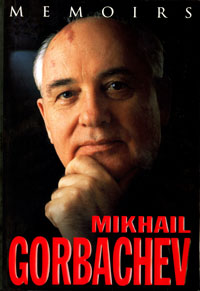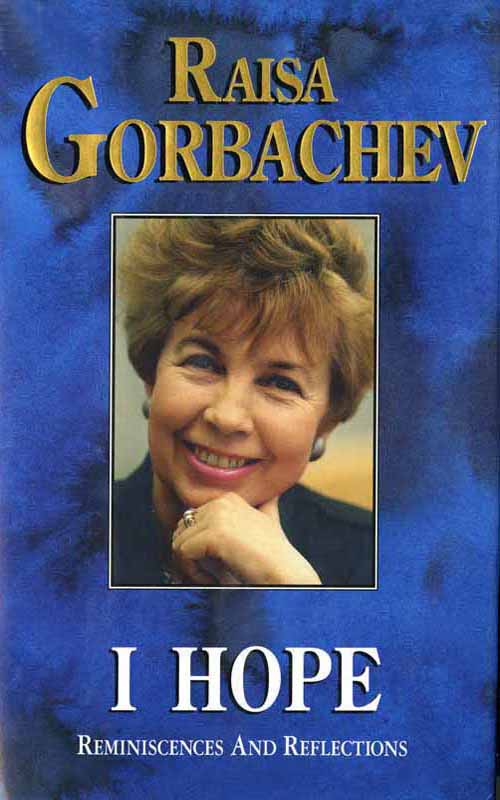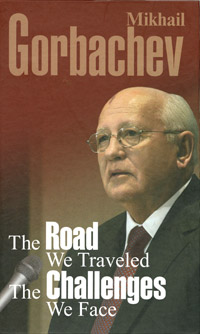27 December 2007
Hoover Press publishes Turning Points in Ending the Cold War, with a Foreword and Contributions by Gorbachev Foundation’s experts Pavel Palazhchenko and Anatoli Cherniaev
Turning Points in Ending the Cold War (Hoover Press, 2007), edited by Hoover research fellow Kiron Skinner, with forewords by George P. Shultz, former secretary of state and current distinguished fellow at the Hoover Institution, and Pavel Palazhchenko, former interpreter to Gorbachev and current adviser to the president of the Gorbachev Foundation, offers insights into the key players and events that led to the collapse of communism.
“These essays illuminate the process, and the authors have the advantage of experience, depth of observation, and historical perspective,” says Shultz, in the foreword he has written. “They confirm that no one factor can explain what took place.”
New political thinking is discussed by Anatoli Cherniaev, chief foreign policy adviser to Gorbachev during most of the glasnost period, in his essay “Gorbachev’s Foreign Policy: The Concept.” This line of thinking is viewed as the need for a constructive dialogue, a quest for areas of agreement, and the ability to live together in accordance with the realities of a new, rapidly changing world. The author writes that “Gorbachev’s new thinking in Soviet foreign policy made possible such historic events as the unification of Germany, the democratization of Eastern Europe, and the creation of a new transatlantic partnership “
In the commentary following this essay, titled “Moving to Globalization,” David Holloway, professor of political science at Stanford University, raises the question of how much credit does Gorbachev deserve, and, he adds, “how much was he forced to do because of pressure from the West, and especially from the United States?” In his analysis of the Soviet leader’s role in ending the cold war he examines how Gorbachev developed this new thinking, how it affected foreign policy, and whether it’s still relevant today.
Condoleezza Rice, U.S. secretary of state, in an essay cowritten with Philip Zelikow, chair of history at University of Virginia, discusses the process of German unification. “The events of 1989 and 1990 can and should be placed in a well-defined setting already shaped by the operation of large-scale historical forces. But, granting these underlying circumstances, many outcomes were still possible.” Their essay, titled “German Unification,” recounts a story that “focuses on the way in which America worked to shield Kohl and keep the GDR pot bubbling at a full rolling boil.”
Palazhchenko, in his foreword, observes that the study of the history of the cold war and the events that brought it to a peaceful end, although sometimes clouded by the politics of the day, are ongoing and much needed. “Contributors to this volume give priority to the deep mining of facts, thus making this book a valuable resource for readers and historians alike.”
The aforementioned essays and others offer perceptive analysis of events that, collectively, brought about the end the cold war.
Contributors to the book include Anatoli Cherniaev, Karen Brutents, Oleg Grinevsky, David Holloway, Robert L. Hutchings, Jack F. Matlock Jr., Michael McFaul, Georgi I. Mirski, Pavel Palazhchenko, Nikolai Petrov, Condoleezza Rice, Peter W. Rodman, George P. Shultz, Kiron Skinner, Philip Zelikow, and Vladislav Zubok.
Turning Points in Ending the Cold War, edited by Kiron Skinner, forewords by George P. Shultz and Pavel Palazhchenko
ISBN: 978-0-8179-4631-9 .00 paper
ISBN: 978-0-8179-4631-9 .00 cloth
348 pages December, 2007
Contact:
Hoover Institution, Stanford University
Office of Public Affairs
LaNor Maune, 650-723-1454 (Public Affairs Writer)
maune@hoover.stanford.edu
Michele Horaney, 650-725-7293 (Public Affairs Manager)
horaney@hoover.stanford.edu
http://www.hoover.org/




